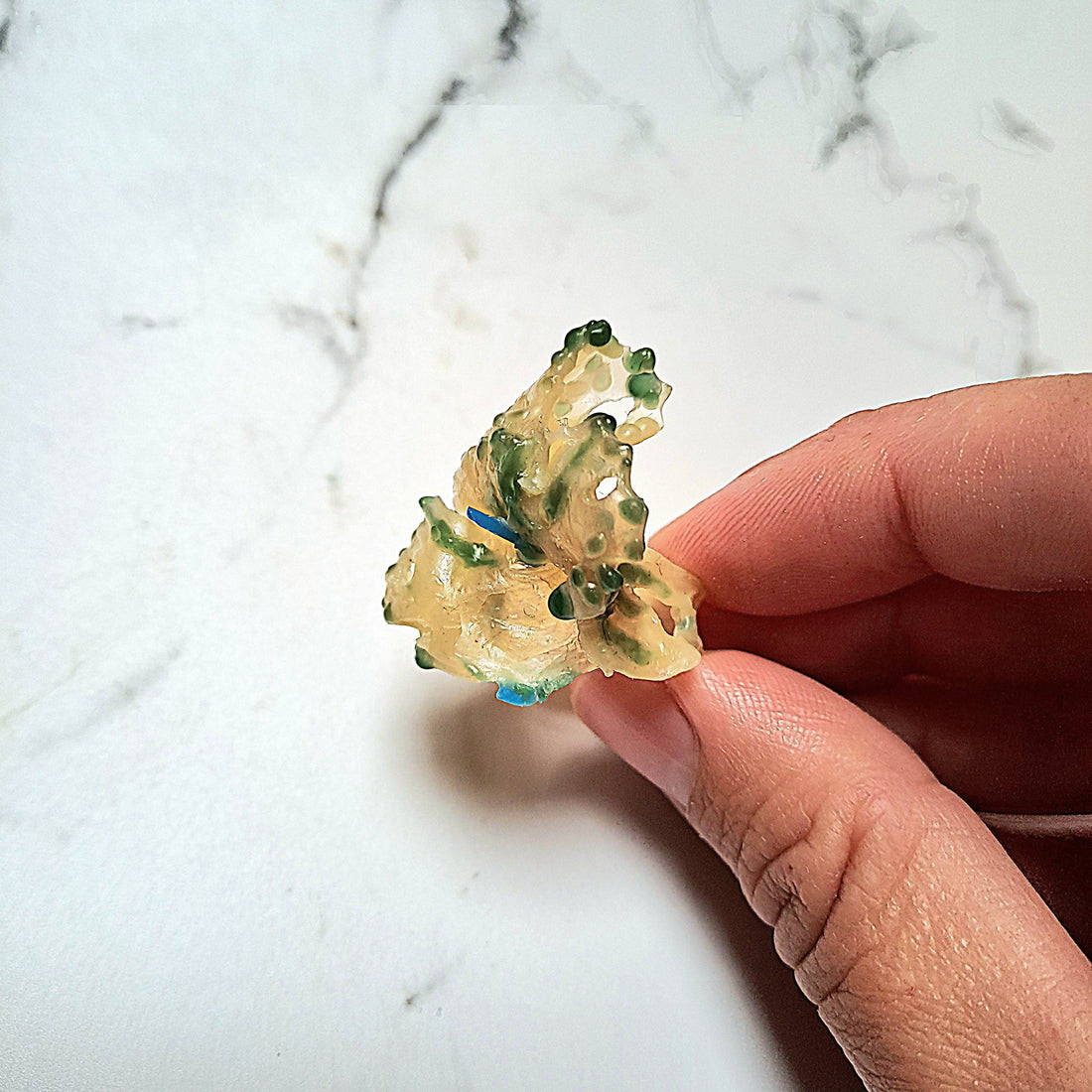The Process
Share
The Art of Lost Wax Casting: Traditional Techniques & Contemporary Craft
Each piece of jewellery begins as a simple block of wax — hand-carved, shaped, and sculpted into a unique form before it’s transformed into precious metal. This method, known as lost wax casting, is one of the oldest metalworking techniques in the world. And yet, it remains one of the most precise and expressive processes available to contemporary makers today.
What is Lost Wax Casting?
Lost wax casting dates back thousands of years, used by ancient cultures to create intricate jewellery, sculpture, and ceremonial objects. The process involves several stages:
-
Sculpting the Wax Model – The design is created by hand in wax, allowing for complete control over detail, shape, and texture.
-
Investing – The wax model is encased in a heat-resistant plaster known as investment.
-
Burnout – The mould is heated in a kiln, melting the wax and leaving a negative space behind — hence the name lost wax.
-
Casting – Molten metal is poured into the cavity, replacing the wax.
-
Finishing – Once cooled and released from the mould, the raw metal piece is cleaned, refined, and polished.
One of the most significant aspects of this process is that the original wax model is destroyed during casting, making each piece truly one-of-a-kind. Unlike many jewellers who create moulds to reproduce the same design multiple times, I do not make or use production moulds. Every design is individually hand-sculpted, meaning no two pieces can ever be exactly replicated.
This ensures that each collector receives something entirely unique — a piece of art that belongs only to them.
Mitsuro Hikime: A Sculptural Variation
One of the most elegant variations of this technique is Mitsuro Hikime, a traditional Japanese wax-working method. The term translates roughly to “beeswax pulling texture” and is known for producing soft, flowing lines that resemble silk ribbons or wood grain.
Mitsuro wax is made from a blend of beeswax and pine resin, which gives it a unique elasticity. When pulled and twisted at just the right temperature, it creates natural, ribbon-like striations that are both organic and architectural. Once cast in metal, the effect is visually striking — soft curves frozen in time.
While Mitsuro Hikime is lesser-known in Western studios, it has deep roots in Japanese craft and is gaining recognition among artists seeking to blend tradition with innovation. For makers like myself, it offers a way to work with the material, letting the form emerge from a dance of tension, temperature, and timing.
Why It Matters
In a world of mass-produced jewellery, lost wax casting — and techniques like Mitsuro Hikime — offer something different: a return to material intelligence, skilled handwork, and individuality. Each cast is a small act of permanence — an idea made tangible.
At Síoraí, every piece is made once and only once. This approach not only honours the integrity of the craft, but also offers collectors something rare: the certainty that their piece is the only one of its kind, made with intention and never to be repeated.

